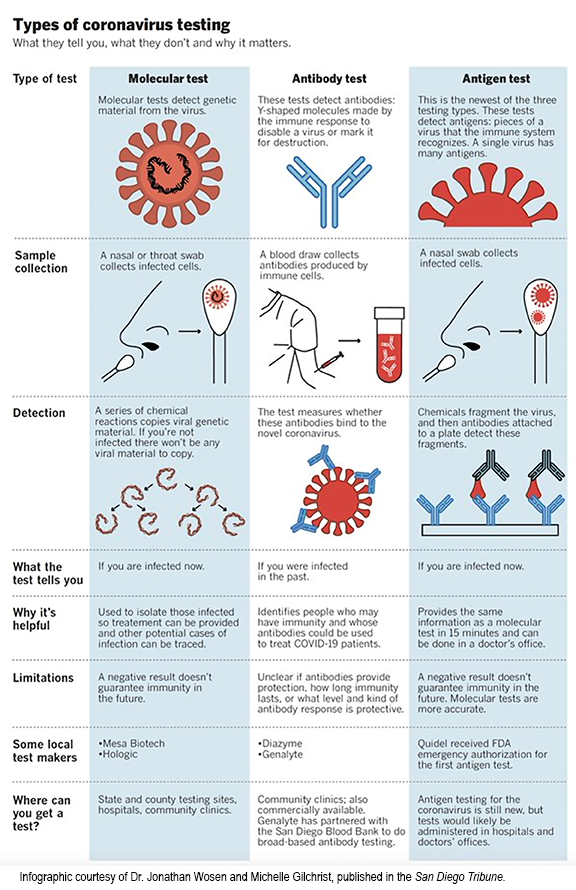As has often been the case there are problems with even recognizing what is still completely unknown, and lots of reporting that only gives small parts of the complete pictures.
First unknown - to what degree does infection with SARS-CoV-2 confer protection and for how long? Related question being how good is any specific level of specific antibodies as a proxy of that protection or of past infection, especially of milder cases?
Widely agreed best guess extrapolating from other HCoVs is likely quite good levels of protection (but not 100%) for likely 2 to 3 years. But could be less or more. If less then the expectation would be that a next infection would minimally be less severe and likely less contagious.
Known that antibody levels are NOT in general a perfect proxy of protection. High levels are a pretty good proxy of having it, but low levels NOT a good proxy for not, both because of the roles of specific and long lasting T cells, and because of the potential impact of non-specific HCoV antibodies. Unknown if ANYONE has yet had a true re-infection. Would be truly surprising if the number was zero but the evidence to date is very sketchy.
Next unknown: what percent of the population need to be functionally non-susceptible for herd immunity or at least for spread to slow down? Often quoted is the common guess, based on experience with influenzas, of maybe 60%. That said we have learned that this virus in many ways has not behaved as an influenza virus would. There should be no great confidence that that number is correct. Could it be significantly higher? Yes. Could it be significantly lower? Yes. Again there is the unknown degree to which recent and/or frequent past infections with common cold causing HCoVs provide levels of protection and/or decreased transmissibility by way of non-specific antibodies followed by specific T-cell responses. There is the emerging more and more as strong probability that a large segment of the population, children, especially younger children who for influenza are major amplifiers of spread, rarely transmit the infection when they do catch it. IF proven to be true, then there is some significant share of the population, mostly among children, who would function as non-susceptibles in modeling. But unknown.
Known from samples collected long before the pandemic and recently tested that 30% of adults have T-cells that respond to SARS-CoV-2 without ever having been exposed to it.
Known to pretty high degree of confidence: long before true herd immunity a smaller pool of susceptibles will result in a flatter curve during a next wave. Known: herd immunity is not a physical constant but is a number that will be different based on specifics of a specific culture, demographics, and behaviors.
Known - seroprevalence numbers reflect infection rates two to three weeks before they were measured, and then usually about two weeks more before they were reported. Reporting that states a current report as reflect the reality of today is confused.
Known - until global herd immunity is achieved herd immunity is more local than politics. Average across the country matters less than what is in a specific region.
FWIW. Apply to interpretation as you will.
